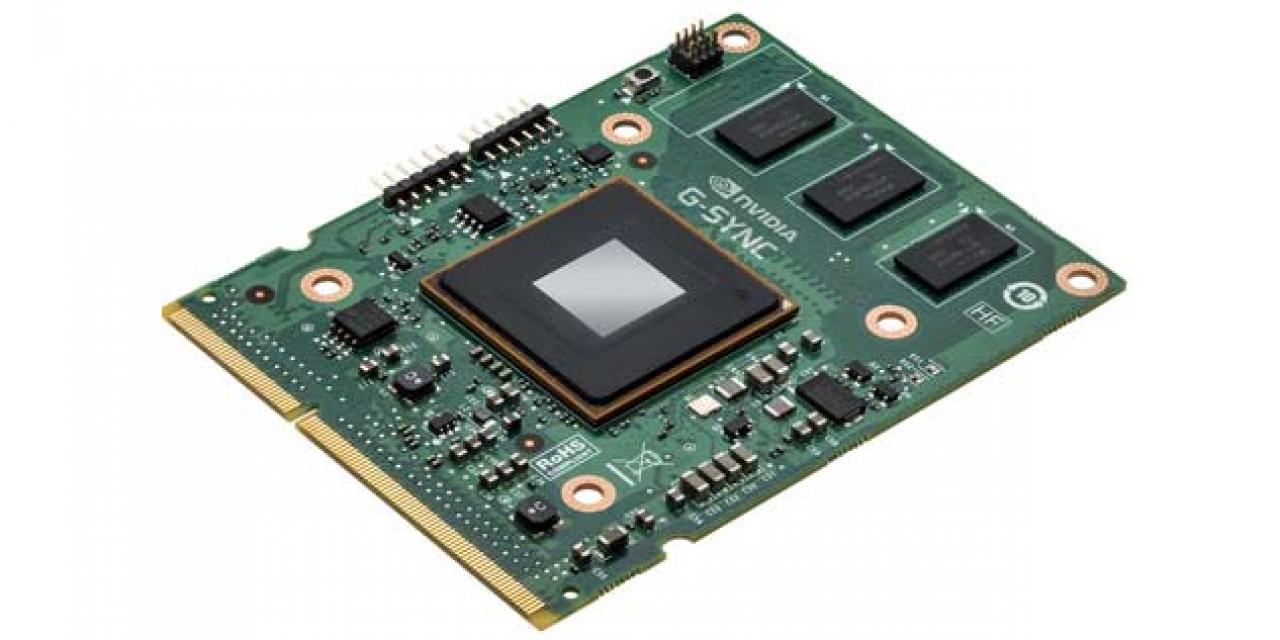
AMD's big graphics technology for the coming year is its Mantle API, which could offer as much as nine times the draw cell performance of current DirectX offerings. Nvidia's big selling point for the future is Gsync, a technology that gives improved vertical synchronisation without a drop in performance. Neither are like the other, so each platform has a unique selling point, but AMD decided to crash the party and develop its own vertical syncing tech. Nvidia isn't impressed though.
Speaking with TechReport, Nvidia's Tom Peterson said that AMD's system validated the need for a technology like Gsync, but that Nvidia's one worked great on desktop monitors, which traditional suffer far more than the laptops AMD demoed its technology on.
He also speculated as to whether AMD's "free sync," system would even work on desktop platforms, since they tend to have displays with a built in scaler chip, which makes varied refresh rates difficult to pull off.
In comparison he said, Nvidia's Gsync replaced the scaler ASIC with Nvidia's own system, which it is hoping will become the standard once Gsync monitors start being released in the coming months.
If it wants it to be the standard though, surely it should make Gsync work on all GPUs then right? Not just Nvidia ones?
Apparently not. Peterson said that Nvidia had spent too much money and time investing in the platform's development to hand it over to a company like AMD.
If they want to support it, "They have to do the work. They have to hire the guys to figure it out," he said.
That makes sense, as really it would give you no reason to buy an Nvidia card other than any minor performance gains it might have, but the battlefield is pretty even right now. It's all going to come down to which you want more, better Vsync or added performance from Mantle.








